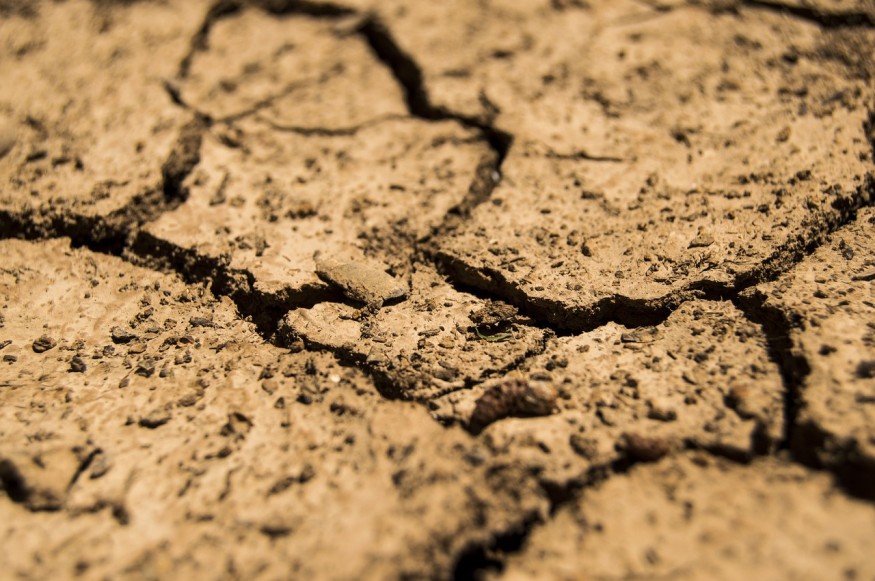Drought has engulfed Europe into a state of dry conditions and a water crisis, according to a recent report by the European Drought Observatory and a study by researchers in Austria.
One of the highlights of the ongoing natural disaster is that the rate of groundwater loss in the continent is greater than it is replaced by precipitation such as rainfall.
Drought has long been considered by scientists as both a natural phenomenon and an extreme event related to weather and climate. Characterized as having a "lack of precipitation," drought conditions are accompanied by high temperatures and humid air higher than normal measurements in a prolonged period. Unlike weather forecasts, drought events are harder to predict.
In recent years, various research had indicated the occurrence of drought not only in Europe but also in other continents of the world. Meanwhile, other scientific literature relates it to climate change and global warming. Yet, the phenomenon has existed even before the onset of anthropogenic greenhouse gas emissions from human activities in the 18th century.
Europe Drought Warning

More than one-third or 33% of Europe is currently under a drought warning, wherein 10% of the continent is experiencing severe drought, according to a report by the European Drought Observatory, as cited by Sky News.
Based on the report, the European drought has been ongoing in different forms since 2018. For the past five years, estimations have pointed the total water loss across the continent is approximately 84 billion tons per year.
What is Drought?
Drought is the lack of precipitation and the occurrence of prolonged hot weather, as mentioned earlier. However, it is more complication than some people have previously thought. According to the United States Geological Survey (USGS), drought is the occurrence of "drier-than-normal conditions" that leads to water-related problems.
As recorded in previous drought-linked events, the said phenomenon often results in the deaths of animals and plants. One of the main reasons behind these deaths is the lack of available water to be consumed. Such conditions are evidence as drought is known for causing the depletion of not only artificial water reservoirs but also natural bodies of water like lakes and rivers.
In recent years, the National Park Service (NPS) has revealed the decreasing water level in Lake Mead, located in the U.S., highlighting that its water surface elevation had dropped by more than 143 feet between 2001 and 2015. Despite beneficial rain, experts assert that a climate change-driven drought is a growing threat.
Is Groundwater Important?
In relation to Europe's unprecedented groundwater loss, interest in this natural resource has never been important more than ever. Just like surface water, groundwater is replenished during rainfall wherein water flows through the soil and crevices between rocks.
Groundwater is contained in what scientists call "aquifers" which are geological formations that can store large quantities of water, according to the International Groundwater Resources Assessment Centre (IGRAC).
© 2025 NatureWorldNews.com All rights reserved. Do not reproduce without permission.





